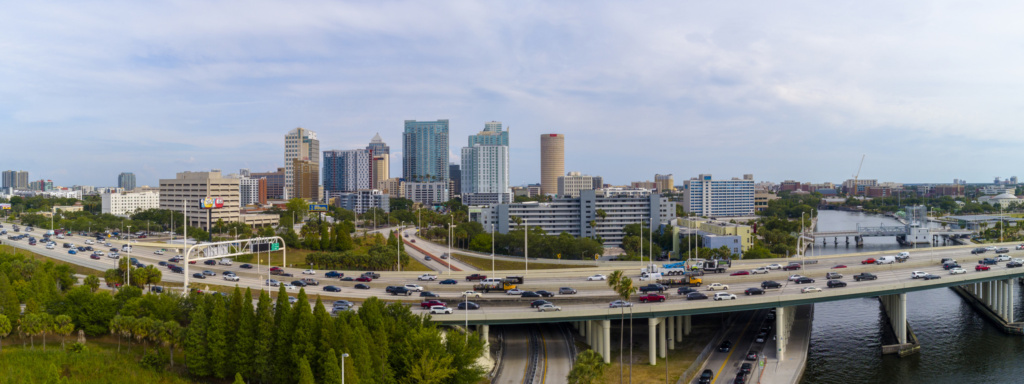Information provided by AAA’s preferred Insurance Partner, Mapfre Insurance
While auto insurance rates fluctuate from time to time, you may not realize why. Higher premiums can certainly be frustrating but it’s important to know what insurance carriers base their decisions on. Our AAA insurance agents have certainly felt it too, with finding members their best rate getting more and more difficult.
More recently, inflation has played a role in the increase of auto insurance rates due to a number of factors. One reason is that driving is returning to pre-pandemic levels. When the pandemic began, people were working from home and there were fewer accidents and claims, allowing insurance companies to return an estimated $14 billion in premiums to United States policyholders, according to American Property Casualty Insurance Association

As driving is returning to normal, the National Highway Traffic Safety Administration estimates 20,175 people died in motor vehicle traffic crashes for the first half of 2022 – an increase of .05% from the 20,070 fatalities the agency projected for the first half of 2021. Experts say that increase is not just a return to the road, but it’s also because more motorists are driving impaired, speeding and not wearing a seatbelt – all factors leading to fatalities, increased claims and, by default, driving up insurance costs.
Although the global supply chain issue is improving, it’s another factor that is impacting auto insurance claims costs. When the pandemic began and countries were locked down, many manufactured goods, including those in the auto industry, were halted – which caused a ripple effect across the world. These disruptions have not only caused repairs to take longer because auto repair shops need to wait for the parts to come in, but auto parts like bumpers, side panels, windshields and semi-conductor chips have skyrocketed due to the increased demand – all leading toward rate hikes.
While inflation has impacted rates, there are also a number of other factors that determine what you pay annually for car insurance like the type of coverage you have, your driving record and where you live, according to the Insurance Information Institute.
What is causing your insurance rates to go up?
These are some of the reasons you may be seeing your insurance rates go up of late.

Your Driving Record
Speeding tickets, a drunk driving incident or other moving traffic violations are all considered when insurers calculate premiums. New drivers also pay more because they have not yet established a driving record.

At-Fault Accident
A driver who has had an accident where they are found to be responsible for a crash is considered to be in an “at-fault” accident. At-fault accidents can be an indicator of a driver’s potential for future at-fault accidents.

New Car
Adding a new car may cause premiums to increase as new cars are more costly to repair or replace when there is a claim.

Loss of Discounts
Some discounts are required to be validated annually or the driver may need to reapply for the discount. An example is policyholders who receive the Good Student discount need to provide a report card annually to continue receiving the discount.

Overall Claim Trends
As mentioned earlier, over the past few years, speeding, distracted driving, and impaired driving, have increased the number of accidents, which drives up rates overall for auto insurance.

Inflation
Just like everyone else, insurance companies are paying more for things like auto parts, labor, rental rates and medical fees. In some cases, auto accident and repair costs are escalating much higher than the rate of inflation.

More Complex Cars
Vehicles have certainly come a long way over the years both in safety features and technology. With these enhanced features in sensors and entertainment systems now embedded into cars to power all of these great new features, it costs more to repair or replace these vehicles should something go wrong.

Annual Mileage
If someone drives less than average, they could be considered a lower risk while driving more miles than most could be considered a higher risk.

Policy Changes
Policy changes, such as adding a newly licensed driver, may increase insurance costs. Removing a driver from your policy, may decrease your insurance policy costs.
How to Lower Auto Insurance Rates
So how can you lower the costs of what you pay for auto insurance? Most insurers offer discounts And while discounts vary from state to state, there are a number of ways to save:
Bundling Policies
if you buy at least two kinds of policy, typically called “bundling”, your provider is likely to give you a good discount For example, if you bundle your auto insurance and home insurance together, you could qualify for a reduced rate.
Paid-in-Full Discount
Paying your premium all at once can help reduce your premium, and most providers will offer this discount.
Maintain Good Credit
Good Credit can help you reduce rates, as credit scores can often play a role in the pricing of your policy.
Reduce your coverage
You might not need comprehensive coverage on older cars. This can go a long way towards saving on your coverage.
Ask about discounts
Companies offer tons of discounts, to name a few they may offer: College Students away from Home, Defensive Driving Courses, Drivers Ed Courses
Good Credit Record, Higher deductibles, Low Annual Mileage, Long-Time Customer, More than 1 car, No Accidents in 3 Years, No Moving Violations in 3 Years, and Student Drivers with Good Grades
If you’re not exactly sure what your auto insurance policy covers or what discount you might be able to get, ask your Insurance Agent these questions, and they can always review your personal information to make sure you have the right coverage to suit your individualized needs.

